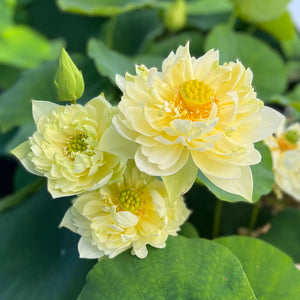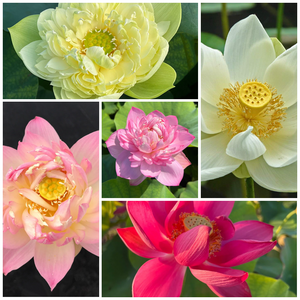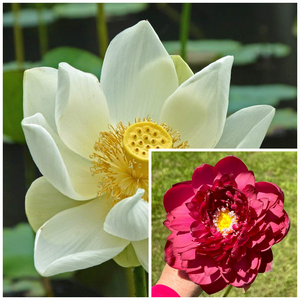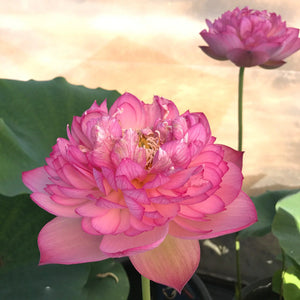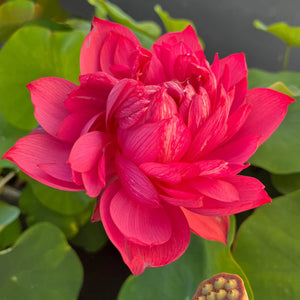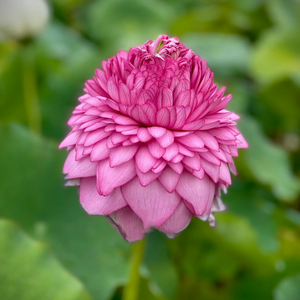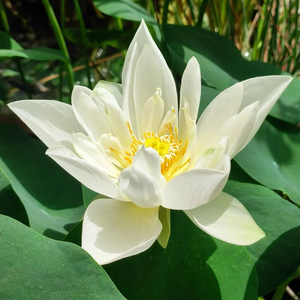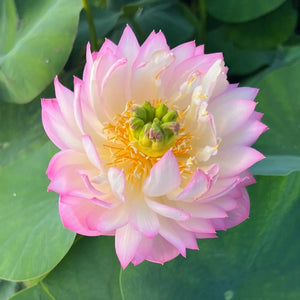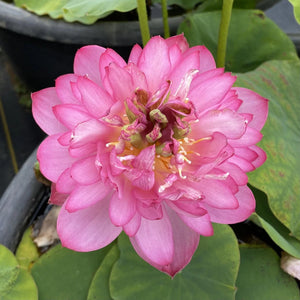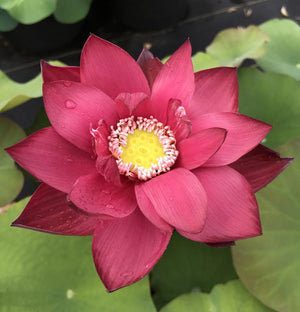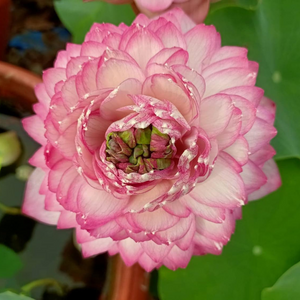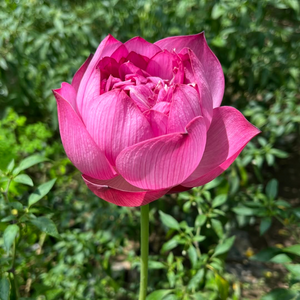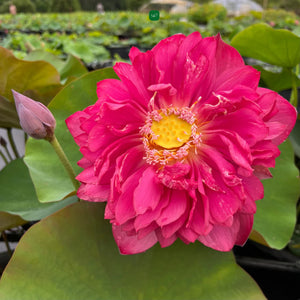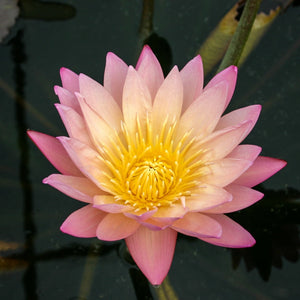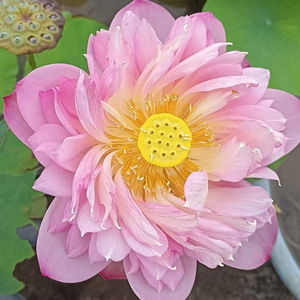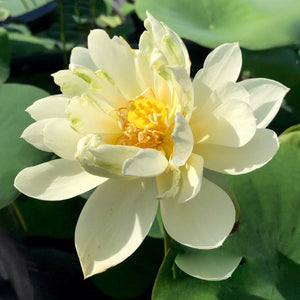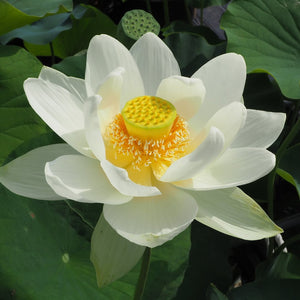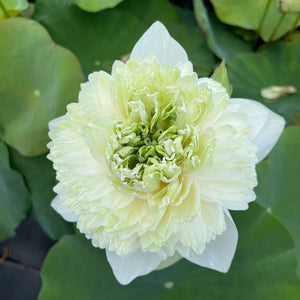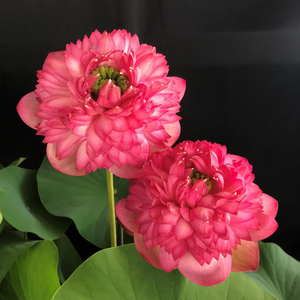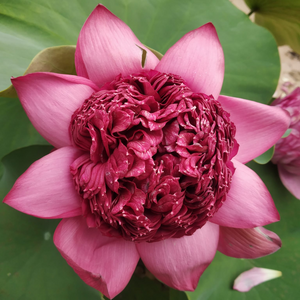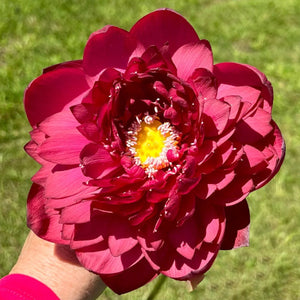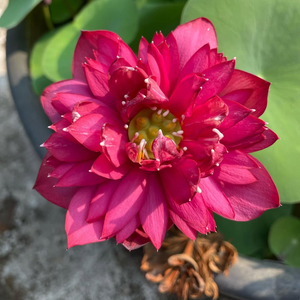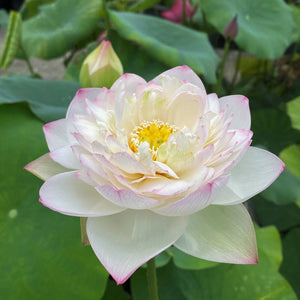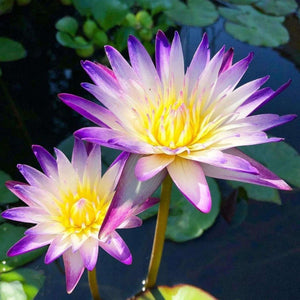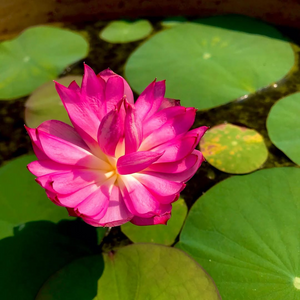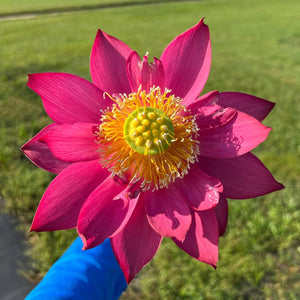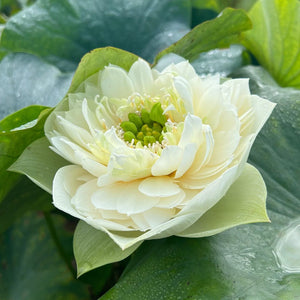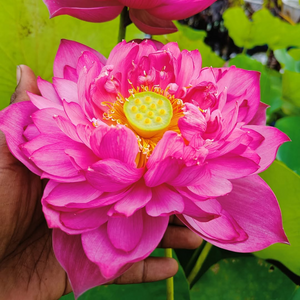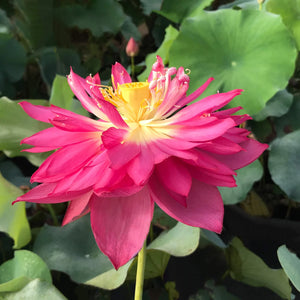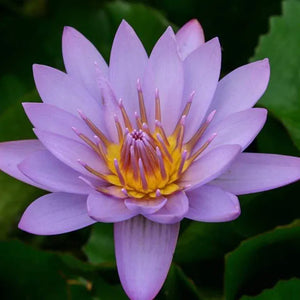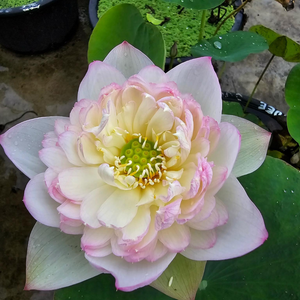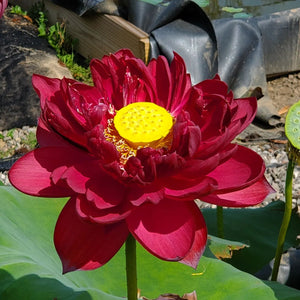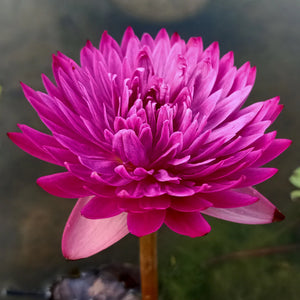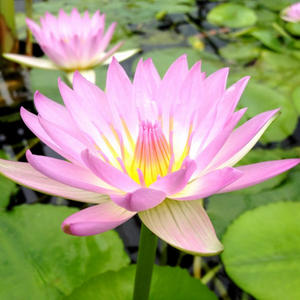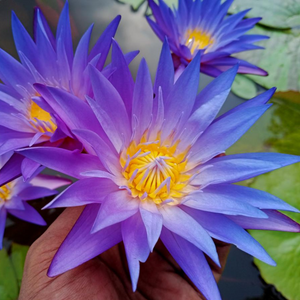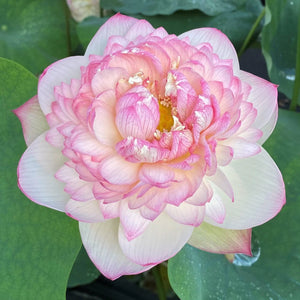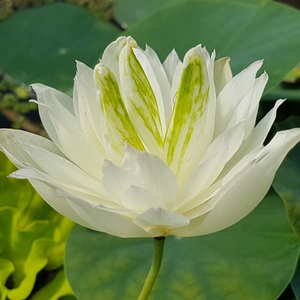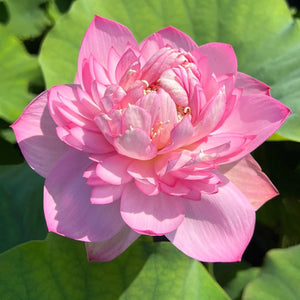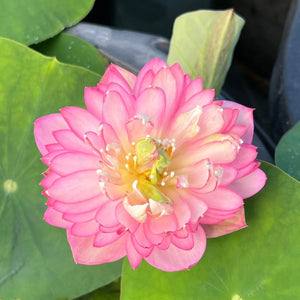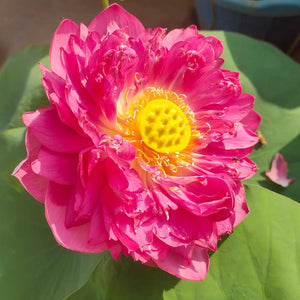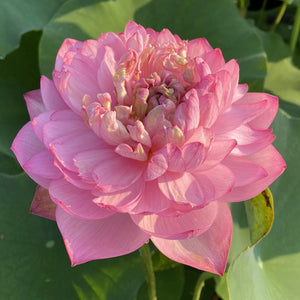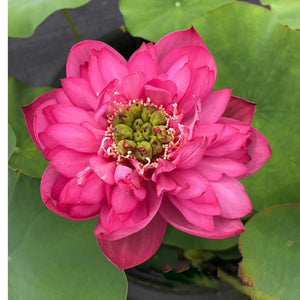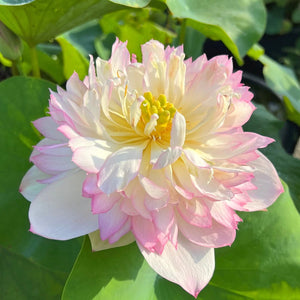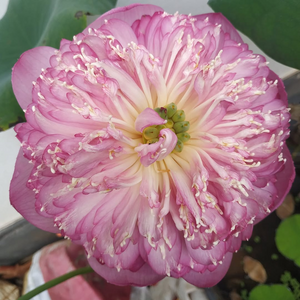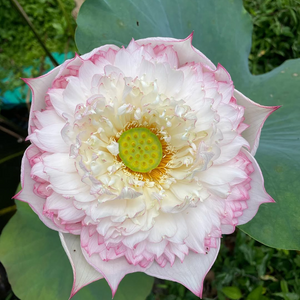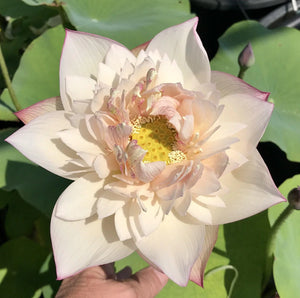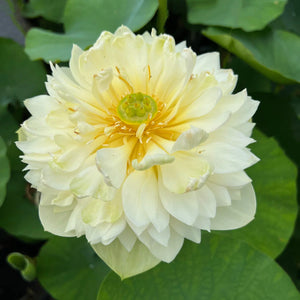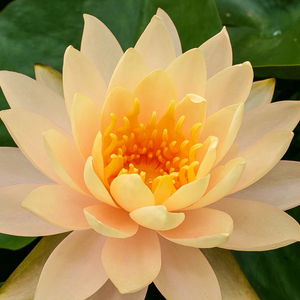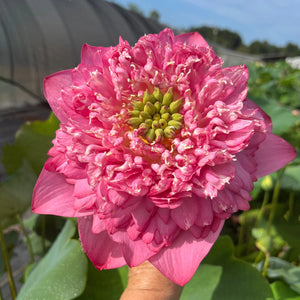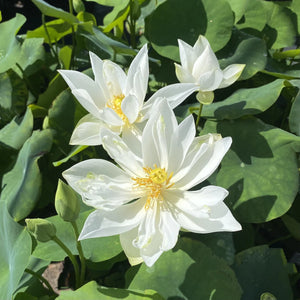Elevate your indoor space with the captivating beauty of the Calathea Medallion. This stunning plant, also known as the Rose Painted Calathea, is renowned for its mesmerizing foliage that resembles a work of art. The Calathea Medallion boasts large, round leaves with intricate patterns that feature shades of green, burgundy, and silver, creating a visually striking display.
Key Features:
-
Unique Foliage Patterns: The Calathea Medallion showcases one-of-a-kind leaf patterns, making it a standout addition to any interior décor.
-
Indoor Elegance: Bring the beauty of nature indoors with this elegant and low-maintenance houseplant. Its lush foliage adds a touch of sophistication to your home or office.
-
Air-Purifying Qualities: Beyond its aesthetic appeal, the Calathea Medallion contributes to a healthier indoor environment by naturally purifying the air, removing toxins and impurities.
-
Pet-Friendly: Enjoy the beauty of indoor plants without worries – the Calathea Medallion is non-toxic to pets, making it a safe choice for households with furry friends.
Caring Tips:
Light:
Place your Calathea Medallion in a location with bright, indirect light. Avoid direct sunlight, as it can scorch the delicate leaves. Ideal spots include near a north or east-facing window.
Watering:
Keep the soil consistently moist, but not soggy. Water when the top inch of soil feels slightly dry. Use room temperature water to avoid shocking the plant. Consider using a tray with pebbles filled with water to enhance humidity.
Humidity:
Calathea Medallion thrives in high humidity environments. Mist the leaves regularly or place a humidifier nearby to create a humid microclimate.
Temperature:
Maintain a warm and consistent temperature between 65-75°F (18-24°C). Avoid drafts and sudden temperature changes.
Soil:
Plant in well-draining, peat-based soil to provide the Calathea Medallion with the proper nutrients.
Fertilization:
Feed your Calathea Medallion with a balanced liquid fertilizer every 4-6 weeks during the growing season (spring and summer). Reduce feeding in the fall and winter.








































